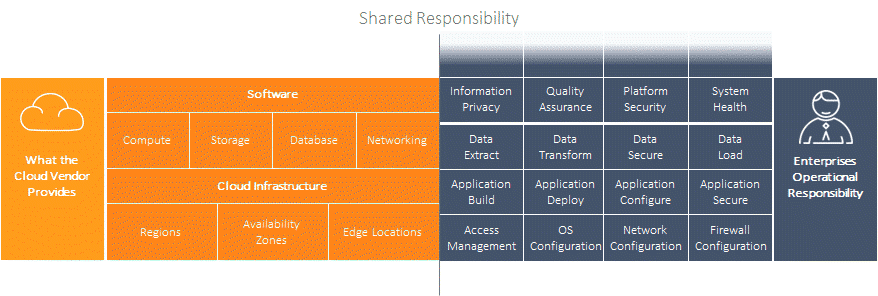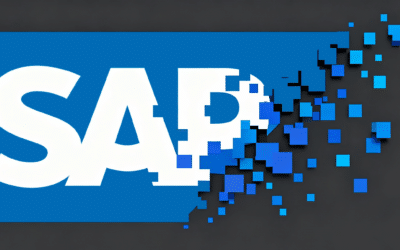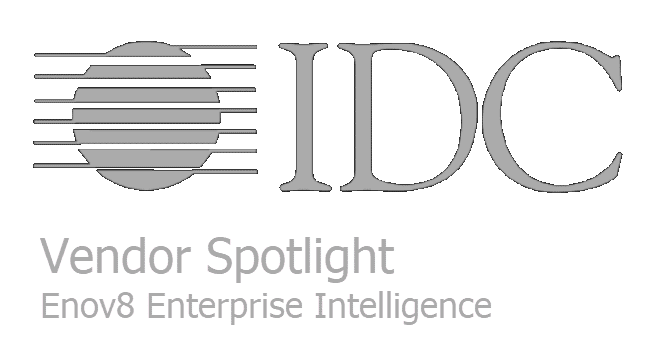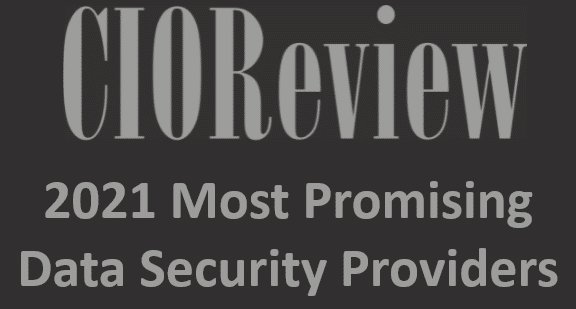Beyond Cloud – Embracing the Playbook
 One of the key best practices to reduce these mistakes is the use of playbooks (aka Runbooks). Operational standards that guide and provide consistency, and ultimately act as a baseline for optimization i.e. replacement of manual tasks with automated tasks (where possible). A displacement of reactive activities and heroics with reliable methods that are easy to access, share and can be measured with the intent of supporting continuous improvement.
A key philosophy embedded within the Enov8 framework is every object, whether it be a
One of the key best practices to reduce these mistakes is the use of playbooks (aka Runbooks). Operational standards that guide and provide consistency, and ultimately act as a baseline for optimization i.e. replacement of manual tasks with automated tasks (where possible). A displacement of reactive activities and heroics with reliable methods that are easy to access, share and can be measured with the intent of supporting continuous improvement.
A key philosophy embedded within the Enov8 framework is every object, whether it be a
- Environment
- Group of Systems
- System / Platform
- Instance
- Component
- Process
- Knowledge,
- Playbooks &
- Automation attached.
- Traditional Checklist Style
- Agile Kanban Style
- Self Service (Push Button)
- Chaos (Best Effort & Un-Auditable)
- Static Playbook – Documented Procedures
- Live Playbook – Documented and Fully Traceable (Auditable)
- Hybrid Playbook – Documented, Partially Automated and Fully Traceable
- Automated Playbook – Fully Automated and Fully Traceable
- Self-Service Playbook – Fully Automated, Customer Exposed and Fully Traceable
 Use Enov8 to better manage, streamline and measure your operations within teams and at scale.
The Benefits are Clear
Use Enov8 to better manage, streamline and measure your operations within teams and at scale.
The Benefits are Clear
- Operational Awareness
- Repeatable & Reliable
- Continually Optimizing
- Streamlined Delivery Cycles (at operational level & at project level)
- Happy Consumers e.g. Projects & Customers
Relevant Articles
Enterprise Release Management: A Comprehensive Guide
Enterprise Release Management (ERM) is a set of end-to-end practices that enable large organizations to effectively manage software releases. ERM is uniquely designed for the challenges of multiple teams building and releasing software simultaneously. ERM establishes...
Your Essential Test Environment Management Checklist
“Test Environment Management Checklist.” Yep, that sounds like a mouthful, but don’t let that discourage you. The idea here is quite simple—adopting a checklist to evaluate the soundness of your test environment management approach. Even though the idea sounds simple...
A Detailed Guide to SAP Data Masking
SAP systems handle some of the most sensitive data in the enterprise: financial transactions, HR information, supplier records, customer profiles, operational details, and more. For that reason, copying production data into non-production systems without modification...
Release vs Deployment Management: What’s the Difference?
In the always-an-adventure world of IT service management, there are several key processes that are essential for delivering high-quality services to customers and end-users. Two of the most critical processes are release management and deployment management....
7 Tools to Help with Application Rationalization
Application rationalization is the process of identifying which applications an organization should keep, update, consolidate, or retire. Think of it as a financial adviser, but instead of your investment portfolio, it's your application portfolio. Most companies take...
Pairing DevOps with Test Environment Management
For many organizations, DevOps is the best practice for efficiency. However, this model doesn’t come easily as the organization needs to put certain things in place. For example, the firm needs to incorporate the right tools to ensure its delivery pipeline and...










